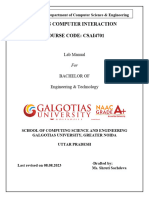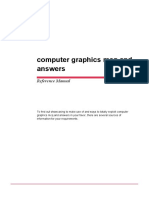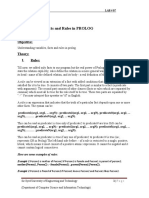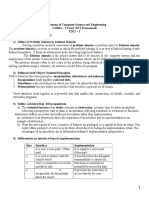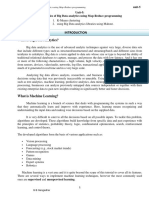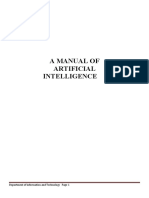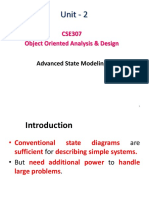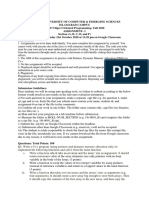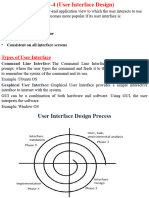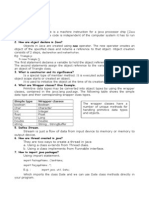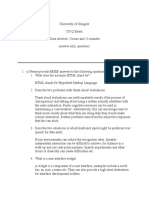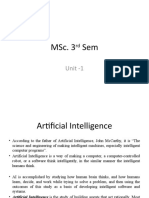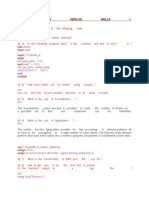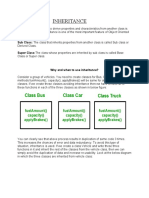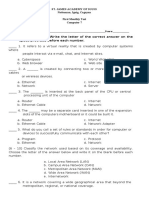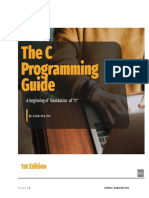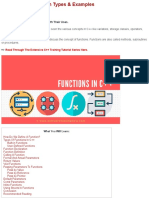0% found this document useful (0 votes)
231 views18 pagesLecture 4 - Problem Solving in AI
Problem solving in AI involves searching through a state space from a starting state to a goal state by applying actions. There are two types of search: uninformed search which does not use domain knowledge, and informed search which uses heuristics to guide the search. Key aspects of search algorithms include their completeness, optimality, time complexity, and space complexity. Common search algorithms include uninformed searches like depth-first and breadth-first, and informed searches like greedy search and A* search. Problem abstraction removes irrelevant details to define a valid and useful search problem representation. Examples of search problems are vacuum world and the 8-puzzle.
Uploaded by
Abdullah KhanCopyright
© © All Rights Reserved
We take content rights seriously. If you suspect this is your content, claim it here.
Available Formats
Download as PPTX, PDF, TXT or read online on Scribd
0% found this document useful (0 votes)
231 views18 pagesLecture 4 - Problem Solving in AI
Problem solving in AI involves searching through a state space from a starting state to a goal state by applying actions. There are two types of search: uninformed search which does not use domain knowledge, and informed search which uses heuristics to guide the search. Key aspects of search algorithms include their completeness, optimality, time complexity, and space complexity. Common search algorithms include uninformed searches like depth-first and breadth-first, and informed searches like greedy search and A* search. Problem abstraction removes irrelevant details to define a valid and useful search problem representation. Examples of search problems are vacuum world and the 8-puzzle.
Uploaded by
Abdullah KhanCopyright
© © All Rights Reserved
We take content rights seriously. If you suspect this is your content, claim it here.
Available Formats
Download as PPTX, PDF, TXT or read online on Scribd
/ 18



